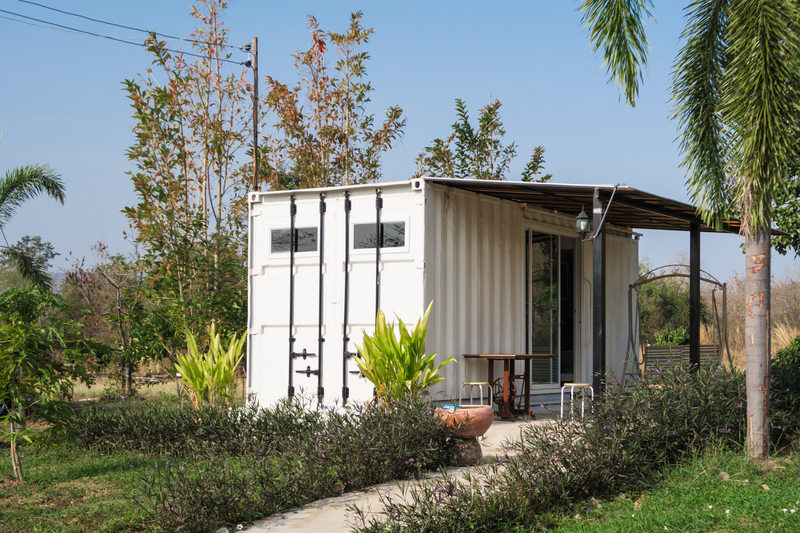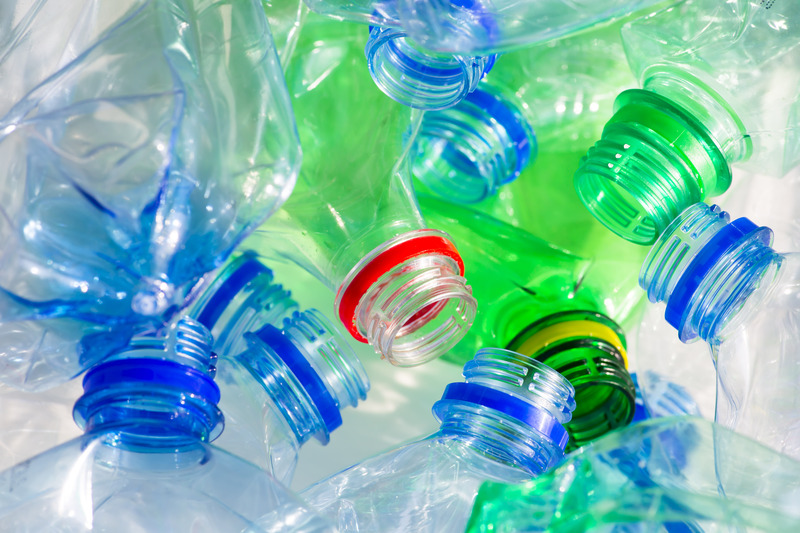Microplastic Mayhem: Can We End the Pollution?
Microplastic pollution is wreaking havoc on our ecosystems, tainting our water, soil, and even food sources. As society grapples with environmental crises, the deluge of microplastics has emerged as a silent but potent threat. In this comprehensive exploration, we unravel the sources, impacts, and innovative solutions to this insidious form of pollution, ultimately seeking an answer to the pressing question: Can we end the microplastic mayhem?
Understanding Microplastics: What Are They?
Microplastics refer to plastic particles that are less than 5 millimeters in diameter. They can be categorized as:
- Primary microplastics: Manufactured small particles found in products like cosmetics, cleaning supplies, and industrial pellets.
- Secondary microplastics: Result from the breakdown of larger plastic items such as bottles, bags, and fishing nets due to weathering and abrasion.
Microplastic contamination is now recognized as a global phenomenon. From the deepest ocean trenches to the peaks of remote mountains, no environment appears untouched by these tiny pollutants.
How Do Microplastics Enter the Environment?
There are multiple pathways through which microplastics infiltrate the environment:
- Personal care products: Many exfoliating scrubs, toothpastes, and shower gels used to contain microbeads designed to improve cleaning. These microbeads easily slip through filtration in wastewater treatment plants.
- Textile fibers: Synthetic clothing like fleece and polyester sheds microfibers with every wash, contributing significantly to microplastic pollution in waterways.
- Tire wear particles: As cars drive, tire treads wear down, releasing tiny, often rubbery microplastics onto roads, which then get washed into rivers and seas.
- Degraded plastics: Plastic litter left in the environment breaks down into smaller fragments, adding to the microplastic problem.
It's sobering to realize that routine daily actions--from washing clothes to brushing teeth--contribute to the advent of microplastic contamination.

The Scale and Scope of Microplastic Pollution
Recent studies estimate that millions of tonnes of microplastics are released into the environment each year. Oceans, in particular, bear the brunt of this deluge, with the following disturbing statistics:
- Over 51 trillion microplastic particles are suspended in world oceans--more than the stars in our galaxy.
- Marine life ingestion: Over 700 marine species have been documented consuming microplastics, resulting in blockages, malnutrition, and reduced reproductive capacity.
- Atmospheric transport: Microplastics have been detected in rain, snow, and the most remote locations, illustrating their ability to travel through the air.
Land ecosystems aren't spared either. Soils act as reservoirs for microplastics, which can affect soil health and potentially enter the food chain via crops or livestock.
Health Impacts: How Microplastics Affect Humans
Microplastic exposure has become a public health concern. These particles have been found in tap water, bottled water, salt, honey, and various foods. Studies examining the impacts on human health are still in early stages, but concerns include:
- Physical harm: Microplastics can cause inflammation and cell damage if ingested or inhaled, especially particles small enough to penetrate tissues.
- Chemical exposure: Plastics often contain toxic additives or can adsorb pollutants like heavy metals, pesticides, and industrial chemicals, transferring them into organisms.
- Long-term effects: Scientists warn that long-term ingestion or inhalation might be linked to diseases or disruptions in bodily systems.
Are Microplastics in the Human Body?
Recent research has identified microplastics in human blood, lung tissue, and even placentas. While their precise effects remain unclear, this indicates worrying levels of ubiquitous exposure.
Tackling Microplastic Mayhem: Strategies and Solutions
Given the global and pervasive nature of microplastic pollution, halting it requires coordinated efforts across industries, governments, researchers, and individual consumers. Let's explore the most effective strategies:
1. Reducing Plastic Production and Use
- Legislation: Many countries are banning or restricting single-use plastics such as straws, bags, and microbeads in cosmetics. Such measures curb the primary sources of microplastics.
- Alternative materials: The development and use of biodegradable or compostable alternatives can lessen dependence on petroleum-based plastics.
2. Innovations in Wastewater Treatment
- Advanced filtration: Incorporating microplastic-trapping filters in wastewater treatment plants dramatically limits particles entering water bodies.
- Textile innovations: Installing filters in washing machines or developing clothing that sheds fewer fibers are proactive measures.
3. Improved Product Design
- Eco-design: Manufacturers are increasingly considering a product's entire lifecycle, designing for reuse and minimal fragmentation.
- Product labeling: Clear labels indicating plastic content and disposal instructions help consumers make informed decisions.
4. Cleanup and Remediation Efforts
- Ocean cleanups: New technologies such as floating barriers and skimmers can remove plastic debris before it breaks down into microplastics.
- Soil remediation: Research is advancing on ways to clean up microplastics from agricultural soils, such as using special filtering biochar or soil amendments.
5. Research, Monitoring, and Policy
- Standardized monitoring: Creating global protocols for tracking and measuring microplastics enables effective policy and accountability.
- Public awareness: Education campaigns motivate individuals and organizations to reduce plastic use and improve recycling habits.
What You Can Do to Combat Microplastic Pollution
*As individuals, every small action contributes to the larger fight against microplastic mayhem*. Here are some practical ways to make a difference:
- Choose natural fibers: Opt for clothing and textiles made from organic cotton, wool, or hemp over synthetics.
- Avoid products with microbeads: Read ingredient labels and avoid items containing "polyethylene" or "polypropylene" microbeads.
- Install washing machine filters: Devices like "Guppyfriend" or external microplastic filters can capture fibers before they enter wastewater.
- Refuse single-use plastics: Use reusable bags, bottles, and containers whenever possible.
- Advocate for change: Support policies, businesses, and technologies working to reduce microplastic pollution in your community.
Spotlight: Innovative Solutions to Tackle Microplastics
The fight against microplastic pollution has inspired a wave of innovation:
- Bio-based plastics: Researchers are developing alternatives derived from seaweed, cornstarch, and other renewable resources.
- Enzyme technology: Specialized enzymes that degrade plastics into harmless substances are being trialed in labs.
- Magnetic clean-up: Some scientists use magnetic particles to attract and remove microplastics from water.
- Citizen science: Smartphone apps and local monitoring projects empower everyday people to track and reduce plastic pollution in their region.

Can We Really End Microplastic Pollution?
Ending the microplastic crisis will not be easy. But hope is not lost. The path forward requires:
- Coordinated government mandates and industry adoption of sustainable alternatives
- Global standards for monitoring, reporting, and mitigation
- Investment in scientific research and innovative technologies
- Consumer behavior change on both individual and societal levels
By emphasizing prevention over cleanup, enhancing education, and doubling down on solutions at every step of the plastic lifecycle, we can significantly reduce--and eventually eliminate--the major sources of microplastic pollution.
Kicking the Microplastic Habit: The Power of Collective Action
The mayhem caused by microplastics often feels overwhelming, but collective action drives real progress. From curbing production at the source to empowering consumers, every step forward matters. The choice is ours: a cleaner, plastic-free future is within reach--with commitment, creativity, and global resolve.
Conclusion: Charting the Course Toward a Microplastic-Free World
Microplastic pollution represents a defining challenge of our times. As microplastics pervade not only our environment but also our own bodies, the impetus to act grows urgent. A multifaceted approach--spanning individual habits, industrial practices, legislation, and technological innovation--offers our best hope at stemming the tide of these minute yet mighty pollutants.
Let's make ending the microplastic mayhem a shared mission. With science, determination, and global participation, a future free from microplastic pollution is not only possible, but inevitable.
Further Reading
- UNEP: Microplastics are Everywhere--Now Scientists are Trying to Understand What that Means for Our Health
- NOAA: Microplastics Facts
- Plastic Pollution Coalition: The Global Microplastics Crisis
Keywords: microplastic pollution, microplastics contamination, microplastic crisis, reduce microplastics, end plastic pollution